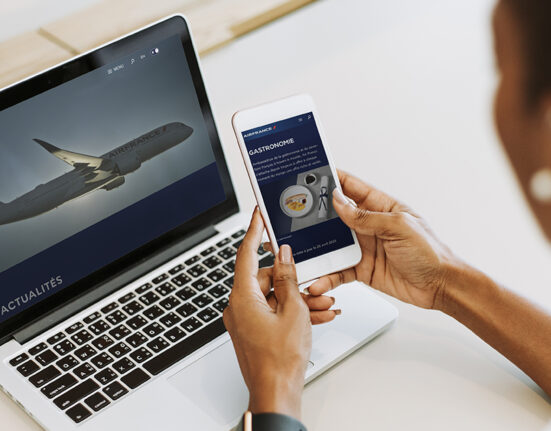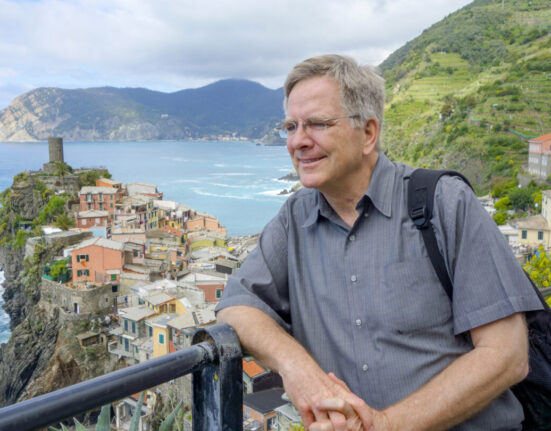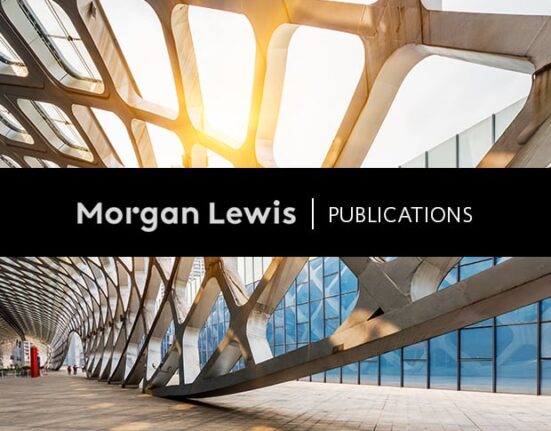With airport expansion plans and new attractions, the ancient city of AlUla could soon be the arts and culture hub of Saudi Arabia.
After decades of being closed to travellers, the Kingdom of Saudi Arabia is keen to finally welcome tourists.
This push to attract visitors is part of the country’s Vision 2030 scheme, which aims to diversify the region’s economic, cultural and social diversity.
And while e-visas have been available internationally since 2020, for many, Saudi Arabia is still an unknown holiday destination. Cities such as Ridayh and Jeddah have been investing heavily in the tourism sector in an attempt to encourage visitors from all over the globe.
Another such location is AlUla. Dating back millennia, this oasis town was historically the capital of the North Arabian Lihyanites and then the Nabataeans. It boasts over 200,000 years of human history and was a key meeting place along the silk routes that connected India with Egypt and Arabia.
It’s one of the country’s most intriguing destinations, as it blends extensive history (it’s home to Saudi’s first UNESCO World Heritage site) with serious modernity (the largest mirrored building in the world sits in the middle of the desert).
We take a look at how the destination is developing, and why travellers looking for something new should consider a visit.
How is AlUla investing in tourism?
In 2018 AlUla signed a decade-long intergovernmental agreement with France to develop the region. Initiatives include transport infrastructure, hotels and cultural centres as well as the preservation of existing cultural and natural treasures.
Part of this entails protecting the natural environment. In February 2019, a fund was established to safeguard the Arabian Leopard, a critically endangered species according to the IUCN. Fewer than 50 adult Arabian Leopards are believed to remain in the country due to hunting, so the government is trying to repopulate the landscape with this unique animal.
To accommodate what Saudi hopes will be an influx of tourists, AlUla’s airport is undergoing extensive expansions. After opening to international flights in 2021, the building is now due to receive a second terminal, which will increase the airport capacity from 400,000 to 6 million annually.
Melanie P De Souza, executive director at Destination Marketing for AlUla, says, “We’ve clearly outgrown the current airport, and this one will have a hotel, spa and retail facilities – all designed to blend in with the environment and in empathy to the surroundings.”
The Royal Commission for AlUla expects to host two million visitors annually by 2035, creating 38,000 new jobs.
What is there to see in AlUla?
As home to one of the world’s most ancient civilisations, AlUla houses some fascinating artefacts.
The Hegra Archaeological Site was the country’s first UNESCO World Heritage Site, and celebrates its 15th year of inscription in 2023. Home to the largest conserved site of the civilization of the Nabataeans south of Petra in Jordan, it sports 111 monumental tombs, decorated with facades from as far back as the 1st century BC.
History buffs should also spend time in AlUla Old Town, a labyrinth of over 900 mudbrick houses that oozes history despite its recent habitation (it was lived in until 1983).
The desert’s natural creations are equally enchanting. Jabal Alfil – more commonly known as Elephant Rock – is one of the most popular sites, its unique formation mimicking that of an elephant and providing stunning sunset photography opportunities.
When it comes to art and culture, AlUla is keen to establish itself as a leading destination. At Madrasat Addeera, AlUla’s Arts and Design Centre, both locals and visitors can learn about heritage design principles. Meanwhile the AlUla Artist residency invites global visitors to explore the region’s landscape and heritage, and an annual Arts Festival showcases a variety of artistic formats from around the country.
But perhaps AlUla’s most famous asset right now is Maraya, the largest mirrored building in the world. The 10,000 m sq mirrored construction seats 50,000 people and reflects the beauty of the surrounding Ashar Valley. On top sits chef Jason Atherton’s Maraya Social, a restaurant offering European-inspired sharing dishes with a panoramic desert backdrop.
What’s coming to AlUla?
2024 and beyond will see a dramatic expansion in AlUla’s offerings.
Perhaps one of their biggest focuses is Wadi AlFann, due to open next year. Meaning ‘Valley of the Arts’, this 65 km sq outdoor exhibition space will see installations positioned throughout the valley connecting the region’s two historic capitals, Qurh and Hegra. The first five international artists to show works here will be James Turrell, Manal Dowayan, Agnes Denes, Michael Heizer and Ahmed Mater.
Additionally, two major new museums are under construction: the Contemporary Art Museum and the Incense Road Museum. Parisian architect Lina Ghotmeh will design the former, which will feature three collections focused on Three Seas, Continents and land-based artworks.
De Souza confirmed that London’s Asif Khan will design the Incense Road Museum. She hopes it will “tell a much deeper, richer narrative about the role that AlUla played on the trading routes, where incense was one of the key commodities.”
These are just two of 16 cultural assets, museums and galleries in the pipeline in AlUla. All developments plan to be inspired by, and constructed in sympathy with their surroundings. Indeed, maximising the striking, rocky landscapes is a priority.
E-bike trails, abseiling, ziplining, hiking and even a giant swing suspended 85 metres above the ground are open to adventurers. Some of these activities can be undertaken with local guides, helping to give a deeper understanding of the area’s natural wonders.







